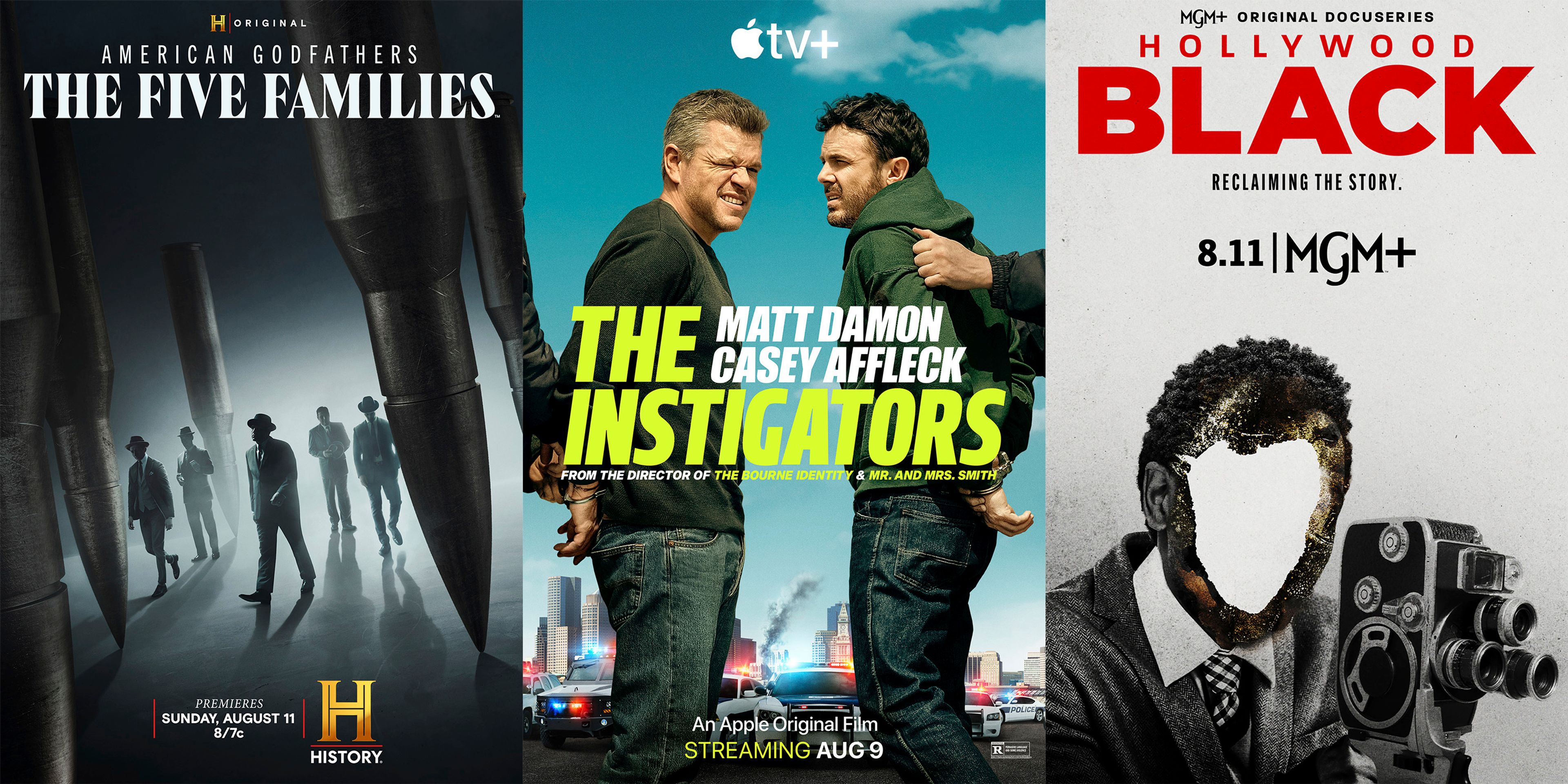"Slumdog Millionaire" is not as good as its parts. It's definitely not as good as its hype. And if we take away the colors and the full-speed camera movement, we take away the film's motive.
All this is not to say the film is not good. It's very good. But just not Oscar-nomination good. "Slumdog Millionaire" is built around the Bollywood model of intense colors, fast cutting and all-out energy -- which truly is exciting, fun and often sorely needed in our American films. But ultimately, the Bollywood style is about the Bollywood style; stories are complicated things that need much more thought than choreography.
Danny Boyle -- the director of "Trainspotting," "28 Days Later" and "The Beach" -- is known as a competent director who I believe has been trying to recapture the white-hot success of his 1996 "Trainspotting." And "trying" is the key word; he makes good films but never seems to achieve his lofty goals.
And lofty goals is what seems to be the driving force with "Slumdog Millionaire." The flash and energy got me excited about what was happening up on the screen, but eventually the finished sequences never matched my anticipation.
"Slumdog Millionaire" is the story of Jamal Malik (Dev Patel), an abandoned child who grew up in the slums of Mumbai with his brother. The film begins with his appearance on the Indian version of "Who Wants to be a Millionaire" and, against all odds, he's winning. During the break between shows (a spot-on spoof of "Millionaire" ending just before asking the big question), he is taken and brutally questioned by the police about possible cheating.
To prove his innocence, he tells the police in vivid flashbacks the story of his life and how, by pure circumstance, growing up in the brutal slums of Mumbai he happened to learn a few things that are now turning out to be worthwhile.
Though one question -- why would this ignorant boy want to go on a game show or even think he would succeed -- remains unanswered. When Jamal is cleared of cheating and allowed to return to the show, the whole Indian subcontinent gets to find out the answer.
The film was shot in the real slums of Mumbai, often with small digital cameras. And maybe more interesting than anything in the film is the fly-on-the-wall filming techniques used to capture the reality of the slums. From professional cameramen running with the children to the young children themselves carrying the cameras, the mostly Indian film crew allows us all a never before seen glimpse into a harsh reality.
Steve E. Turner is a freelance movie reviewer and filmmaker. Read more of his reviews at www.picassofish.blogspot.com.
Connect with the Southeast Missourian Newsroom:
For corrections to this story or other insights for the editor, click here. To submit a letter to the editor, click here. To learn about the Southeast Missourian’s AI Policy, click here.








